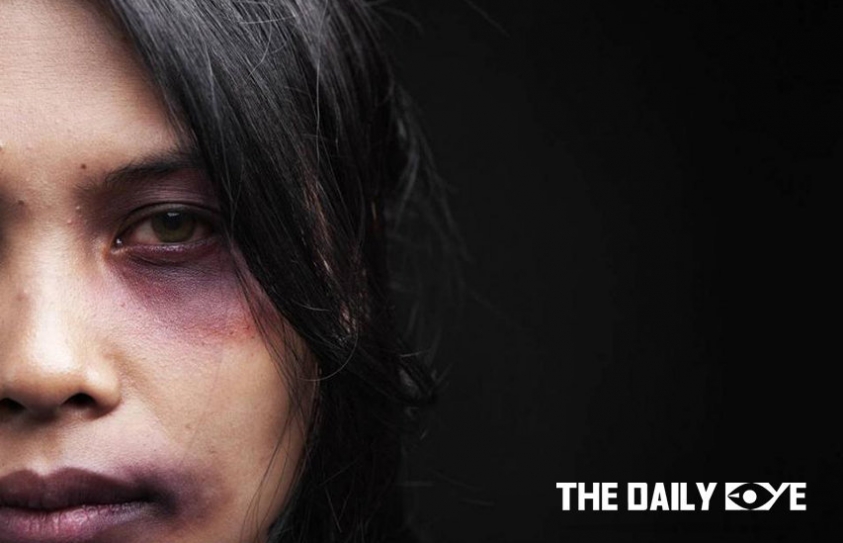
The Laws and the Loopholes
by Revati Tongaonkar August 25 2017, 8:14 pm Estimated Reading Time: 2 mins, 35 secsA new video by YouTube channel Vitamin Stree talks about how India compares to other countries in terms of the condition of women in the country.
Created by Mumbai-based production house Supari Studio, the video takes into account several sectors- laws, the workforce, education, safety, rights. It compares all the rights we have with other nations. However, it does go out on a limb, and explains how, although we've got some of the most well-meant laws for protecting and empowering women, in reality, laws fall flat in several cases due to a variety of causes.
The video covers several important laws such as Dowry Prevention Act, Prohibition of Child Marriage Act, Indecent Representation of Women (Prevention) Act, Married Women Property Act, Equal Remuneration Act, Maternity Benefits Act, counting off the entire list of rights that we have available to us.
It is heartening to see that we are quite ahead, having already had a female president and prime minister, two women speakers of the parliament, and several state heads, maintaining a steady ratio since the 1960s. Compulsory 1/3 rd reservations for women in village panchayats give us a 25-40% representation of women in politics across the nation. However, in the Lok Sabha, we're just 12% women, a number much lower than in notoriously gender-biased countries such as Saudi Arabia, North Korea, Kenya, South Sudan and Syria.
In primary education, too, we are outshined by all our neighbouring nations, Bangladesh, Nepal, Pakistan and Sri Lanka fare better than us. Although initiatives by states such as free education for girls in Punjab, and subsidized education for girls in Gujarat have come up, things haven't changed much in people's mentalities, and girls drop out of school more often than boys. This generates fewer opportunities for women, and less women get hired. In fact, the number of women working actively in the labour force has fallen to 27% in 2016 from almost 35% in the 90s; we seem to be going backwards. Policy-wise we are pretty forward- India has the third highest paid maternity leave policy in the world. But, the government gives no compensation to the companies, which prompts companies to hire women less. This leave also does not apply to most women labourers in the unorganised sector.
Some numbers are eye-openers, such as those regarding women's safety- in spite of all these laws to protect our women, cases of molestation are on the rise. India sees 34,000 reported rapes every year. This counts down to 93 rapes a day, meaning 4 rapes per hour, equally one rape per 15 min. And these are only the ones reported. We are yet to account for the numbers of unreported rapes, marital rapes, molestation cases, and honour killings.
The video does fall short on some crucial areas such as the Vishakha Guidelines, or The Sexual Harassment of Women at Workplace (Prevention, Prohibition and Redressal) Act, 2013. More or less, though, it was a fairly perfect eye-opener. We can only wait and hope to see a follow-up video, showing how these laws can be used.




-173X130.jpg)
-173X130.jpg)
-173X130.jpg)
-173X130.jpg)

_(7)-173X130.jpg)
-173X130.jpg)
-173X130.jpg)